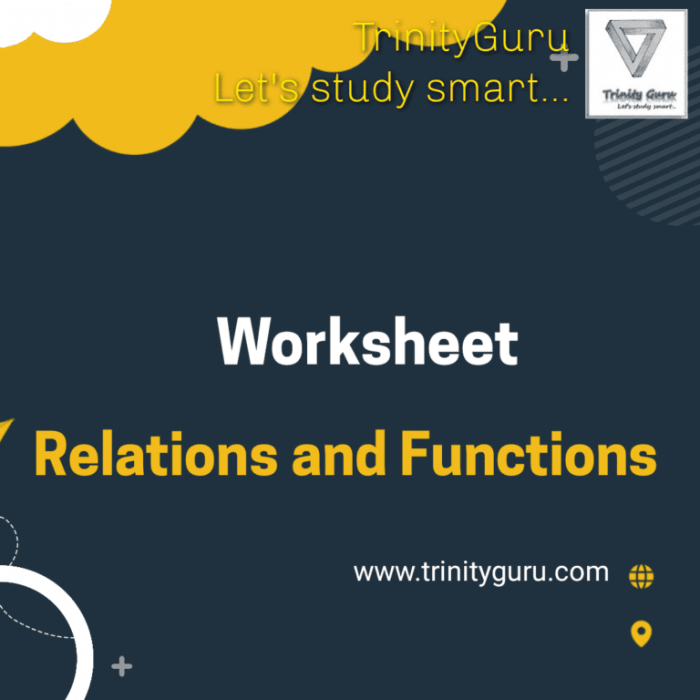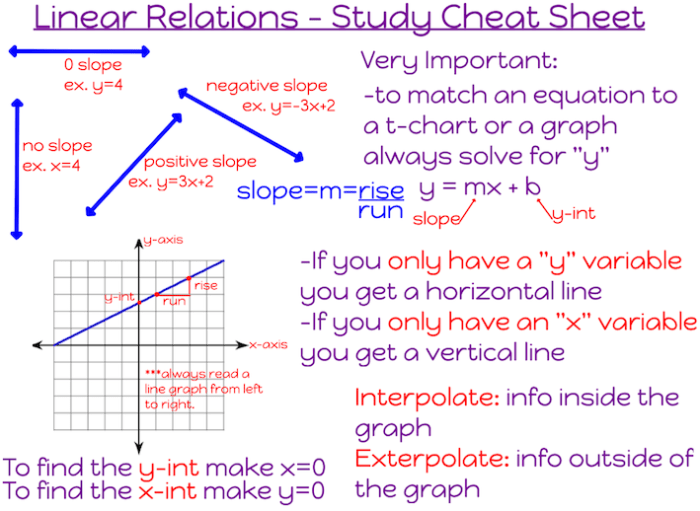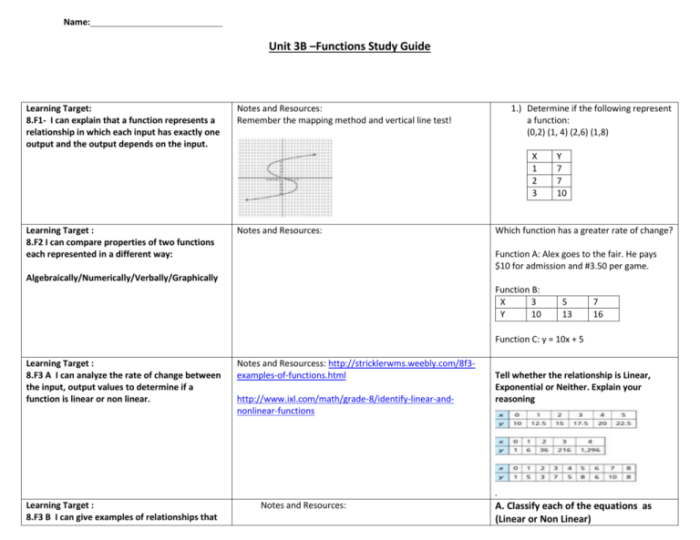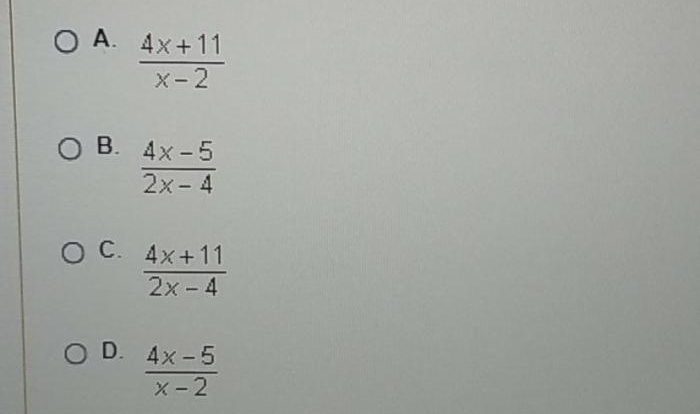Embarking on a journey through unit 3 test study guide relations and functions, this comprehensive guide unveils the fundamental concepts that govern the behavior of mathematical entities. Delving into the domains and ranges of functions, we explore the intricacies of relations, contrasting them with functions to unravel their distinct characteristics.
Function notation emerges as a powerful tool, enabling us to evaluate functions with precision and efficiency. By mastering the art of graphing functions, we gain a visual representation of their behavior, unlocking insights into their properties and applications.
Venturing further, we encounter linear functions, quadratic functions, exponential functions, and logarithmic functions, each possessing unique attributes and graphs. Through a meticulous examination of their slopes, intercepts, vertices, and bases, we unravel the secrets that govern their behavior. This study guide serves as an indispensable resource, empowering students with the knowledge and skills necessary to conquer unit 3 and excel in their mathematical endeavors.
Relations and Functions

In mathematics, a relation is a set of ordered pairs, while a function is a special type of relation that assigns a unique output to each input.
Domain of a Function
The domain of a function is the set of all possible input values. It can be determined from the equation of the function or by examining its graph.
For example, the domain of the function f(x) = x2is all real numbers, since any real number can be squared.
Range of a Function
The range of a function is the set of all possible output values. It can also be determined from the equation of the function or by examining its graph.
For example, the range of the function f(x) = x2is all non-negative real numbers, since the square of any real number is non-negative.
Relations and Functions
A relation is a set of ordered pairs, while a function is a special type of relation that assigns a unique output to each input.
Every function is a relation, but not every relation is a function.
For example, the relation (1, 2), (2, 3), (3, 2)is not a function because the input value 2 is assigned to two different output values, 3 and 2.
Function Notation, Unit 3 test study guide relations and functions
Function notation is a way of representing functions using symbols.
The notation f(x)represents the output of the function fwhen the input is x.
For example, if f(x) = x2, then f(3) = 32= 9 .
Graphing Functions
Graphing functions is a way of visualizing the relationship between the input and output values of a function.
To graph a function, you can plot the ordered pairs that satisfy the equation of the function.
For example, to graph the function f(x) = x2, you can plot the ordered pairs (0, 0), (1, 1), (2, 4), (3, 9), and so on.
Linear Functions
Linear functions are functions whose graphs are straight lines.
The equation of a linear function is y = mx + b, where mis the slope of the line and bis the y-intercept.
For example, the function f(x) = 2x + 1is a linear function with slope 2 and y-intercept 1.
Quadratic Functions
Quadratic functions are functions whose graphs are parabolas.
The equation of a quadratic function is y = ax2+ bx + c , where a, b, and care constants.
For example, the function f(x) = x2– 2x + 1 is a quadratic function with vertex at (1, 0).
Exponential Functions
Exponential functions are functions whose graphs are exponential curves.
The equation of an exponential function is y = ax, where ais a constant.
For example, the function f(x) = 2xis an exponential function with base 2.
Logarithmic Functions
Logarithmic functions are functions that are the inverse of exponential functions.
The equation of a logarithmic function is y = logax , where ais a constant.
For example, the function f(x) = log2x is a logarithmic function with base 2.
Questions Often Asked: Unit 3 Test Study Guide Relations And Functions
What is the domain of a function?
The domain of a function is the set of all possible input values for which the function is defined.
What is the range of a function?
The range of a function is the set of all possible output values that the function can produce.
What is the difference between a relation and a function?
A relation is a set of ordered pairs, while a function is a relation in which each input value corresponds to exactly one output value.
What is function notation?
Function notation is a way of representing a function using a letter, such as f(x), where f represents the function and x represents the input value.
How do you graph a function?
To graph a function, you can plot the points that satisfy the equation of the function and then connect the points with a smooth curve.



